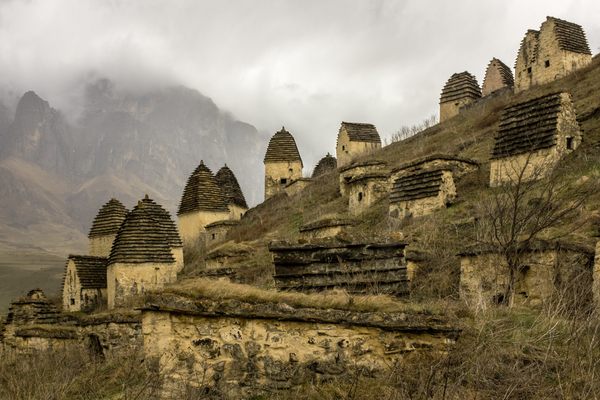The Soviet Union Encouraged Children to Take Pictures, But Rarely Showed Them
“Just as every forward-looking comrade must have a watch, so must he be able to handle a camera.”

In 1924, a small child named Volodia wobbled around Soviet Leningrad toting a large-format camera and documenting his world. At least, that is the story told in The Sparrow, a Leningrad-based children’s magazine, which ran at the time. The magazine’s short-lived “The Strolling Photographer” column followed Volodia’s adventures as he captured his city with a camera bigger than his head, received photographs from “friends” in Berlin and farther afield, and called for readers to submit photos of their own—none of which were ever published in the magazine.
The column was part of a broader Soviet “photographic literacy” project that encouraged child photographers in the 1920s and 1930s. Verbal literacy programs of the period had been highly successful, and Anatoly Lunacharsky, the Soviet Union’s first Commissar of Enlightenment, wanted to see more progress. “Just as every forward-looking comrade must have a watch, so must he be able to handle a camera,” Lunacharsky said in the inaugural issue of Sovetsko foto, the Soviet Union’s only specialized photography magazine, in 1926. Children’s photo groups, or fotokruzhok, sprung up around the nation, organized either by schools or by the children themselves. Children’s magazines and journals began featuring calls for children’s photography submissions and encouraged them to take part in magazine production as fotokory, or photo correspondents. The magazines also published technical instruction on do-it-yourself camera construction. But while images of these children abound, the results of their documentary efforts haven’t seen the light of day.

“Our sample is skewed by what ends up in print and in instructions from adults,” says Katherine Reischl, author of the new book, Photographic Literacy: Cameras in the Hands of Russian Authors. Children’s photographs were more often hung on “wall newspapers” in schools and displayed in their clubs than they were published anywhere. Although there was a definite effort by Soviet authorities to put cameras in the hands of kids, the success of these programs is more difficult to track than the verbal literacy efforts. State censorship and technological limitations mean that very few photos taken by Soviet children soon after the revolution have survived, and those that remain are of poor quality due to material limitations of the time.

While Lunacharsky was promoting creativity, “the camera presented a ‘bounded’ potential—one limited by the camera’s frames and technologically driven, which would have allied well with the big industrial pushes of the new Soviet state,” says Reischl. Children were indeed being publicly encouraged to document the truth of life around them, but their creativity was subject to official oversight. “In an ideologically charged and driven place like the Soviet Union, an image always has a ‘right’ reading—and what’s ‘right’ can shift very suddenly,” she adds. Meanwhile Volodia, the little flaneur-photographer in The Sparrow, made suspiciously un-childlike statements such as, “[The camera] reveals the truth … not something that the artist draws from his head.”

Overall, the real lives of children in the early decades of the Soviet Union must not have been on-brand enough for promoting the communist project. “The Soviet authorities imagined a world that is the one we live in today, but instead of framing it in Instagram filters, it was through the lens of socialist realism,” Reischl says. “That was the filter they hoped to apply to the camera that was in the hands of every Soviet citizen.”










Follow us on Twitter to get the latest on the world's hidden wonders.
Like us on Facebook to get the latest on the world's hidden wonders.
Follow us on Twitter Like us on Facebook